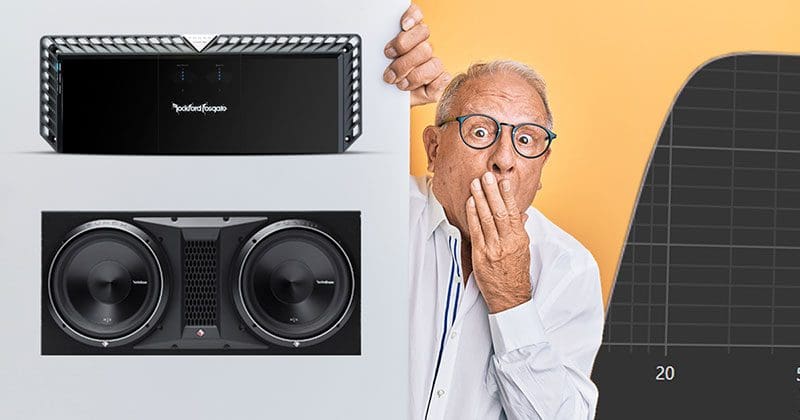If you’ve looked at any top-quality car audio amplifiers or signal processors, you may have seen an adjustment labeled as a subsonic filter. If you have subwoofers or speakers that may not play the lowest of audio frequencies at high levels, your installer can adjust this control to provide protection. First, let’s look at how it all works.
Proper Filter Terminology
First and foremost, the proper term for this feature is an infrasonic filter. The term subsonic refers specifically to aircraft or projectiles traveling at less than the speed of sound, or 767.27 miles per hour. The word infrasonic refers to sound waves that are at or below the lower threshold of human hearing. We typically associate this limit as being around 20 Hz.
If you have seen an amplifier or processor with the label subsonic, it’s incorrect.
What Is an Infrasonic Filter?
The subwoofer amplifier you choose to have installed in your vehicle will almost always include a low-pass filter. This type of filter passes audio frequencies below the crossover point. In the case of a subwoofer, we’d typically set this at 60 or 65 Hz so that the output blends nicely with the midbass drivers in the car.
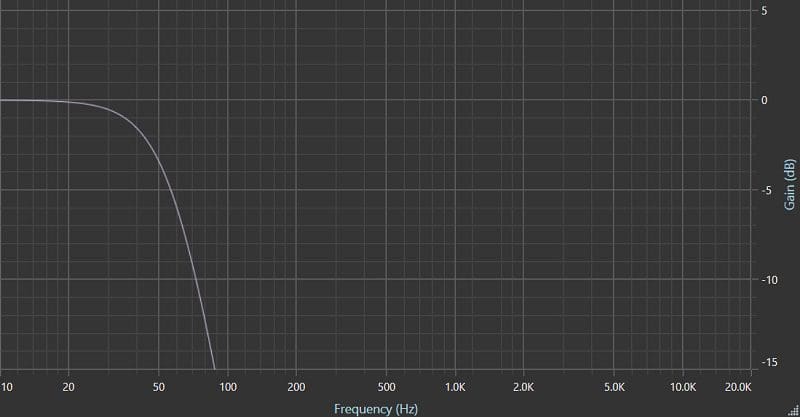
An infrasonic filter is nothing more than a high-pass filter set at a very low frequency. Many subwoofer amplifiers have an analog control set at frequencies between 10 and 40 Hz or a switch that enables the filter at a specific frequency.
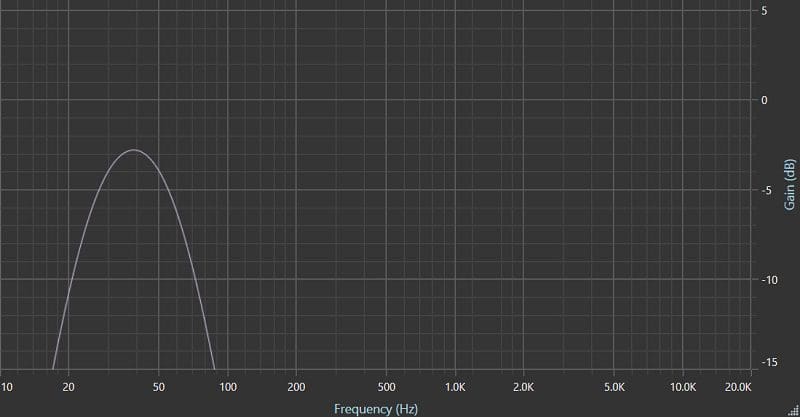
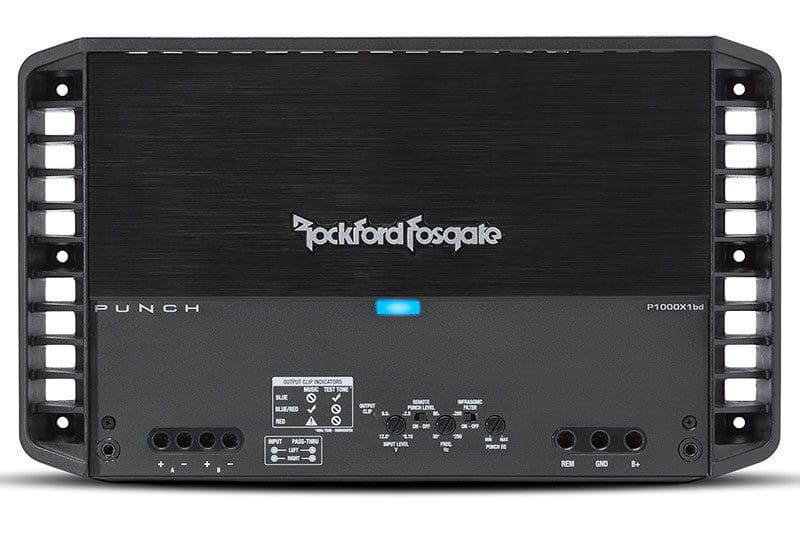
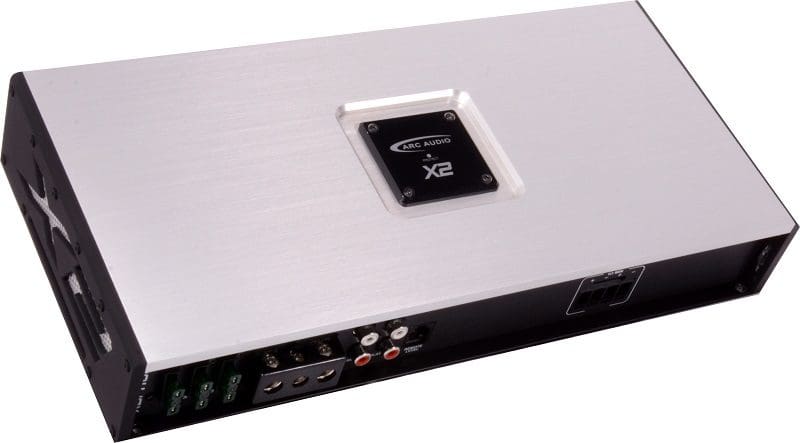
Why Would a Subwoofer Need Less Bass?
The question remains, why would we need to apply a high-pass filter to our subwoofer system? Isn’t the point of a subwoofer to reproduce as much low-frequency information as possible? The answer lies in the power handling capabilities of the subwoofer system. For all speakers, cone excursion increases by a factor of four for every octave lower a speaker plays. The graph below shows the cone excursion of a high-performance subwoofer with an Xmax specification of 17.6 mm in a sealed enclosure and driven with 1,000 watts of power.
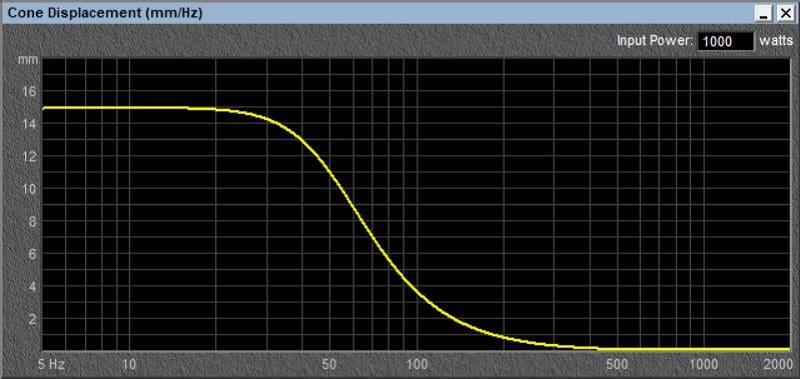
As you can see, the driver never exceeds the maximum excursion rating, so the system doesn’t need an infrasonic filter. What if we want to increase the efficiency of the subwoofer system and decide that a vented enclosure is better suited to our application? Here’s the cone excursion graph of the same woofer in a 2-cubic-foot enclosure with a vent tuned to 31 Hz.
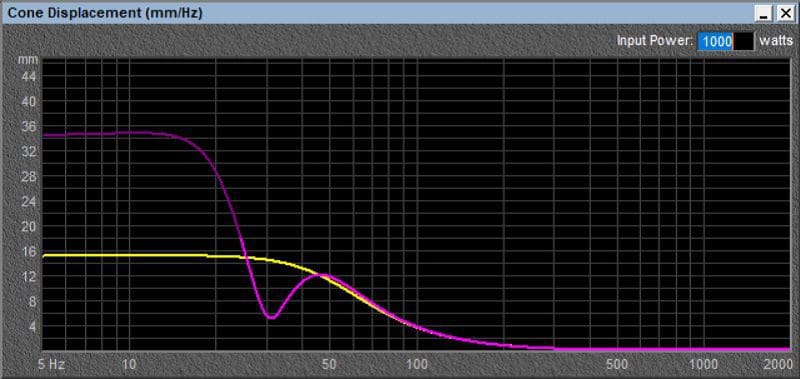
Now we have a problem. The woofer doesn’t move significantly around the tuning frequency of 31 Hz (which reduces distortion) but goes crazy below that. So at frequencies below 25 Hz, when driven with 1,000 watts of power, the subwoofer may be damaged.
If we implement a high-pass filter at 25 Hz, we reduce the output at that frequency by 50% (-3 dB) and attenuate frequencies below that point even more. Unfortunately, the BassBox Pro software doesn’t easily model cone excursion with a high-pass filter applied.
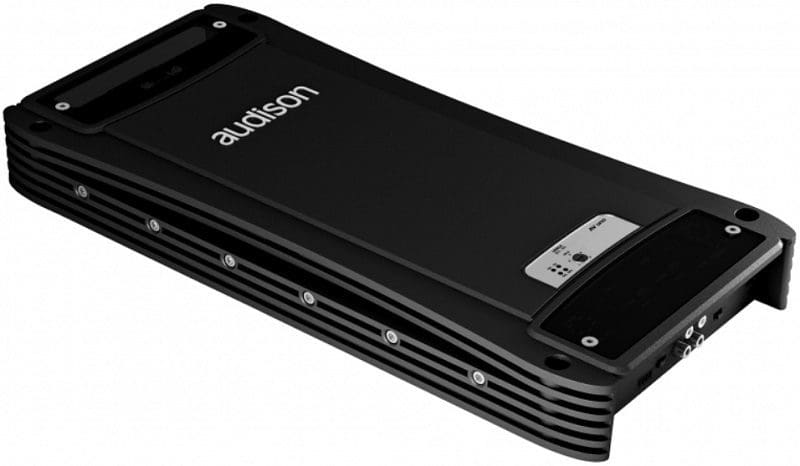
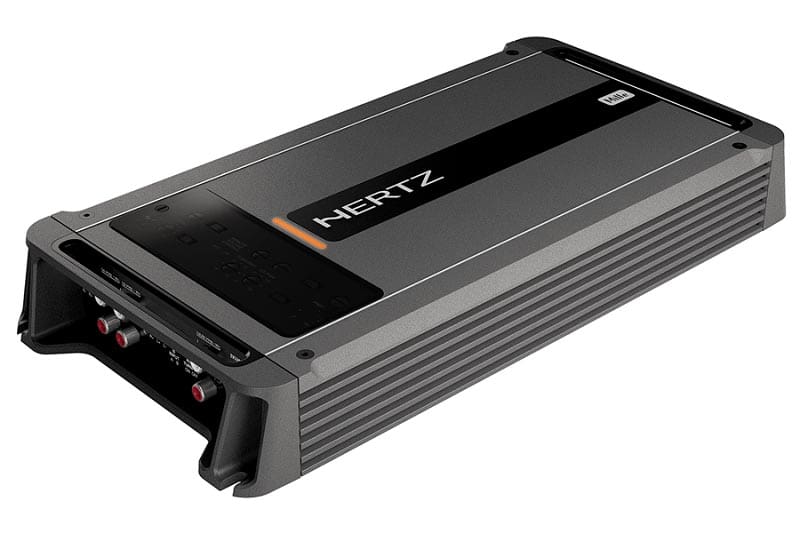
Pick the Right Subwoofer Amplifier for Your Car Audio System
When you’re working with the local specialty mobile enhancement retailer designing the next upgrade for your car audio system, be sure they model the subwoofers you have chosen in the enclosure they will be constructing. If the amp you’ve picked can drive the subwoofers beyond their excursion limits at low frequencies, make sure it has an infrasonic filter built in.
